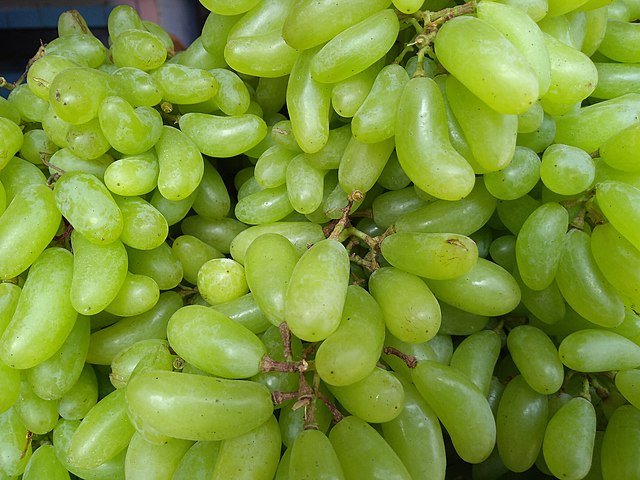Southeastern Spain’s autonomous Murcia grape region has kick-started its table grape marketing season beginning mid-June, 2024.
Data by Apoexpa Spain on Murcio Diario shows that Murcio will contribute 75% of the national table grape crop in 2024.
While countrywide production could reach 300,000 tonnes, Murcia’s will hit 230,000 tonnes, with the region doubling as the main export origin.
This will be welcome news for farmers as Spain designates the uniqueness of table grapes by region, which also reflects in the price.
Murcia currently has vineyards spanning over 32,000 hectares, where 3,000 farmers cultivate at least 8 mostly seedless varieties.
Of these, Cabernet Sauvignon, Merlot, Airén and Monastrell rank among the most popular by production volume.
Monastrell is the Definitive Murcia Grape
While Murcia’s soil supports many varieties, it is the Monastrell cultivar that does best in the region’s mild Mediterranean seaside environment.
Monastrell commands variety-based production at 85% of the region’s total output, which in turn leads Spain’s seedless grape output.
On May 24, 2024 , the autonomous community launched a commercialization campaign for four distinct wine-making sub-varieties of Monastrell. These include Calblangue, Myrtia, Gebas and Calnegre, each a product of 26 years of botanical research.
Wine Funding
Financially, Murcia will receive 2.792 million euros out of 150 million euros that Spain has earmarked for wine-producing autonomous communities.
According to ORM news, Murcia will use 757,000 euros from the funds to improve vineyard sustainability in a changing climate.
The effort could help expand local grape exports, which reached a volume of 200,000 tonnes worth 400 million euros in 2022.
Local table grape exports go to the European Union, North America, the U.A.E., South Africa, Singapore and China.
Ultimately, the promising 2024 Murcia grape harvest will help counterbalance the effect of drought in the rival Catalonia’s wine region. Catalonia is an autonomous region in north-east Spain with vast wine grape acreage and third in wine production nationally. Regional output aside, below are statistics on the yearly performance of table and wine grape exports by Spain.
Spain Grape Statistics
Spain ranked third consecutively in global production of grapes in 2020 and 2021 at 6,817,770 and 6,086,920 tonnes, respectively. In 2022, production dropped to 5,902,040 tonnes, earning the southern European country the fourth position, behind France, Italy and leader China.
What quantity of table grapes does Spain produce?
Spain’s table grape output peaked at 331,500 tonnes in 2019, and depreciated to 297,800 tonnes in 2020. By 2023, output had leveled off at 132, 664 tonnes worth 329 million euros. Murcia’s grapes contributed 75% of this total.
What is the wine grape production total in Spain?
Spain’s grape production for wine reached 5.51 million tonnes in 2022 and 4.474 million tonnes in 2023. In wine production, Spain produced the third most wine globally after Italy and France at 28.3 million hectoliters in 2023. In regional terms, Castilla-La Mancha/Toledo in central Spain led local wine production at 18.5 million hectoliters in 2022. Murcia, famous for table grapes, ranked 8th in 2022 at 718,000 hectoliters of wine.
